✓ Joining us on our Whatsapp Channel: 💬 Explore and Escape!.
Booking through us:
✓ 🏩 🛌 Handpicked Luxury Stays in Budget: Booking.com | Agoda.com
✓ 🍹⛱️ Deals on Private xfers, SIM Cards, City tours, Day trips : 📍🗺️ GetYourGuide | 🛵🧳 Klook
There are an array of things to do in South Korea, with Gimcheon sharing quite a few of those!
Gimcheon is a hidden gem nestled amidst the vibrant lush landscapes of South Korea, a destination brimming with endless possibilities waiting to be explored and unearthed like buried treasure.
Without further ado listed below are some of the most fun things to do in Gimcheon:
1. Geumosan Provincial Park
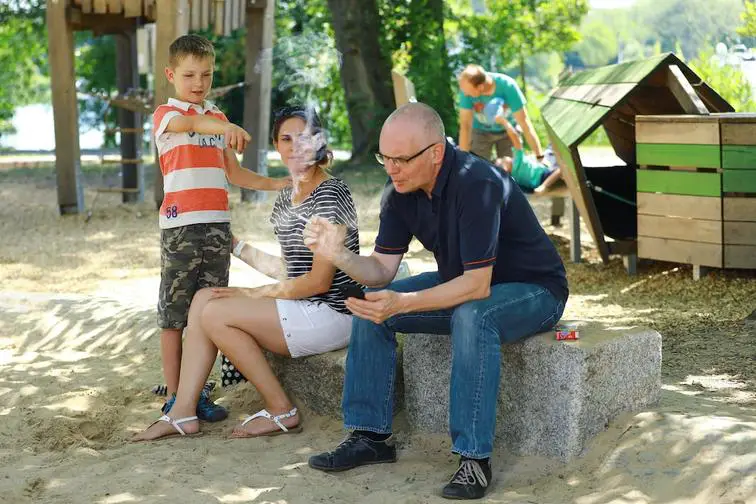
Geumosan Provincial Park is a natural park located in the city of Gimcheon, South Korea. The park is home to Mount Geumo, which is the highest peak in the region.
What to see or do: The park offers various activities for visitors, including hiking trails, temples, and scenic views. The hiking trails range in difficulty, making it suitable for both novice and experienced hikers.
The park also hosts several annual festivals, including the Geumo Mountain Cherry Blossom Festival in the spring and the Geumo Mountain Maple Festival in the fall.
Don’t miss: One of the main attractions in the park is the Geumo Fortress, which dates back to the Goryeo Dynasty and provides a historical insight into the region.
Another must-see attraction is the Geumgang Suspension Bridge, which offers breathtaking views of the surrounding mountains and valleys.
Insider travel tips: – It’s recommended to visit the park during the weekdays to avoid the crowds.
2. Gimcheon Ceramic Museum
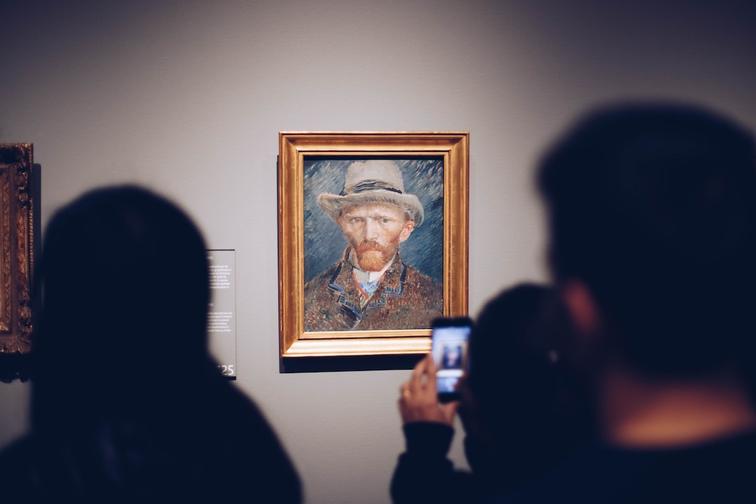
Gimcheon Ceramic Museum is a museum in South Korea that showcases traditional and modern ceramics.
What to see or do: Visitors can admire the wide range of ceramic artworks on display, including traditional Korean pottery, contemporary ceramic art, and even a replica of an ancient kiln.
The museum also offers hands-on experiences like a potter’s wheel, where visitors can create their own ceramic masterpiece, and various workshops and classes.
Don’t miss: One of the highlights of the museum is the outdoor sculpture garden, which features large-scale ceramic installations and beautiful landscaping that creates a peaceful atmosphere.
Another must-see is the museum’s collection of celadon ceramics, which are some of the finest examples of the art form in Korea.
Insider travel tips: – If you’re interested in taking a pottery class or workshop, be sure to check the museum’s schedule in advance as there may be limited spots available.
3. Waegwan Station
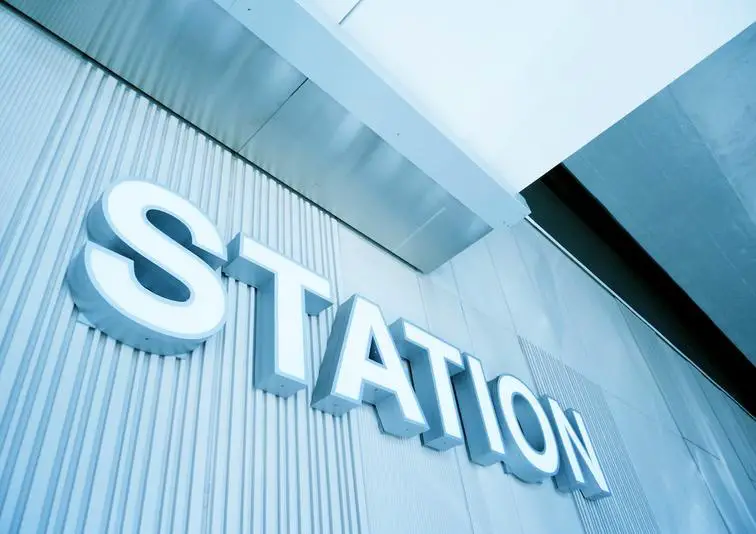
Waegwan Station is a railway station located in Waegwan-eup, Chilgok-gun, and is a significant stop along the Gyeongbu line.
What to see or do: The station itself is an architectural masterpiece and considered a cultural property in Korea. There are multiple attractions near the station, including the Waegwan market and Waegwan Lake Park.
Don’t miss: The Train Village, located next to the station, is a popular tourist attraction that exhibits a collection of trains from various periods.
Insider travel tips: The station is a bustling hub, so it’s best to keep an eye on your belongings. The market offers a wide variety of local dishes and delicacies, so foodies should not skip this!
4. Gumi Civil Defense Tunnel
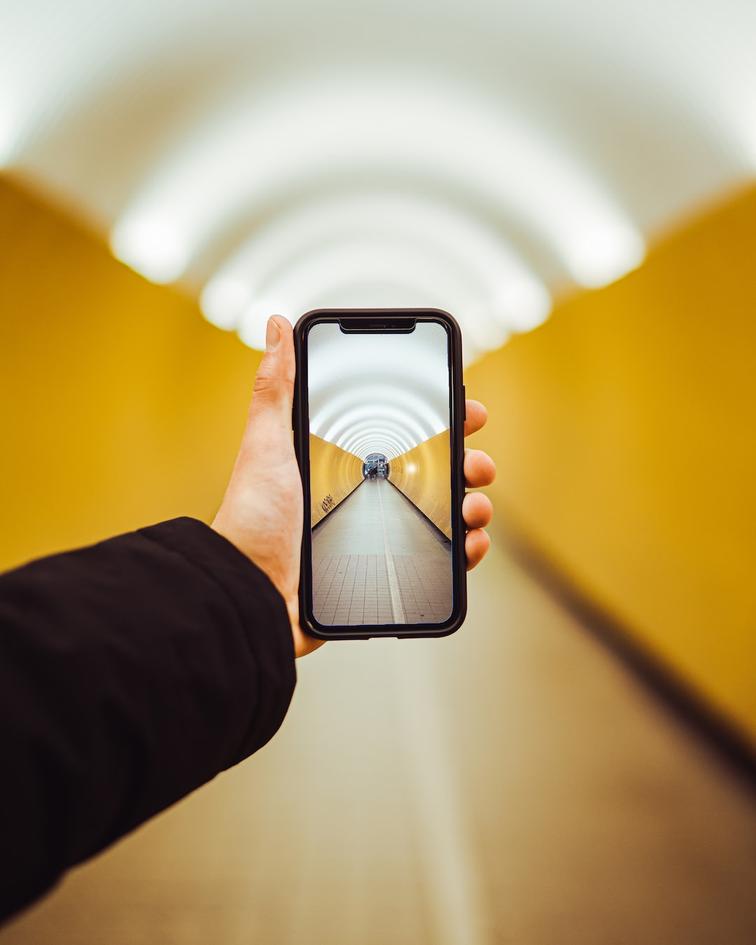
The Gumi Civil Defense Tunnel is a huge underground space for civil defense located in Gumi, South Korea.
What to see or do: Visitors can tour the 5-kilometer tunnel and learn about the history of the Korean War. The tunnel has also been converted into an art space, hosting exhibitions and concerts.
Don’t miss: The highlight of the tunnel tour is the 3D video exhibit, which recreates the experience of being in an air raid shelter during the war.
Insider travel tips:
5. Gimcheon Gumi Techno Valley
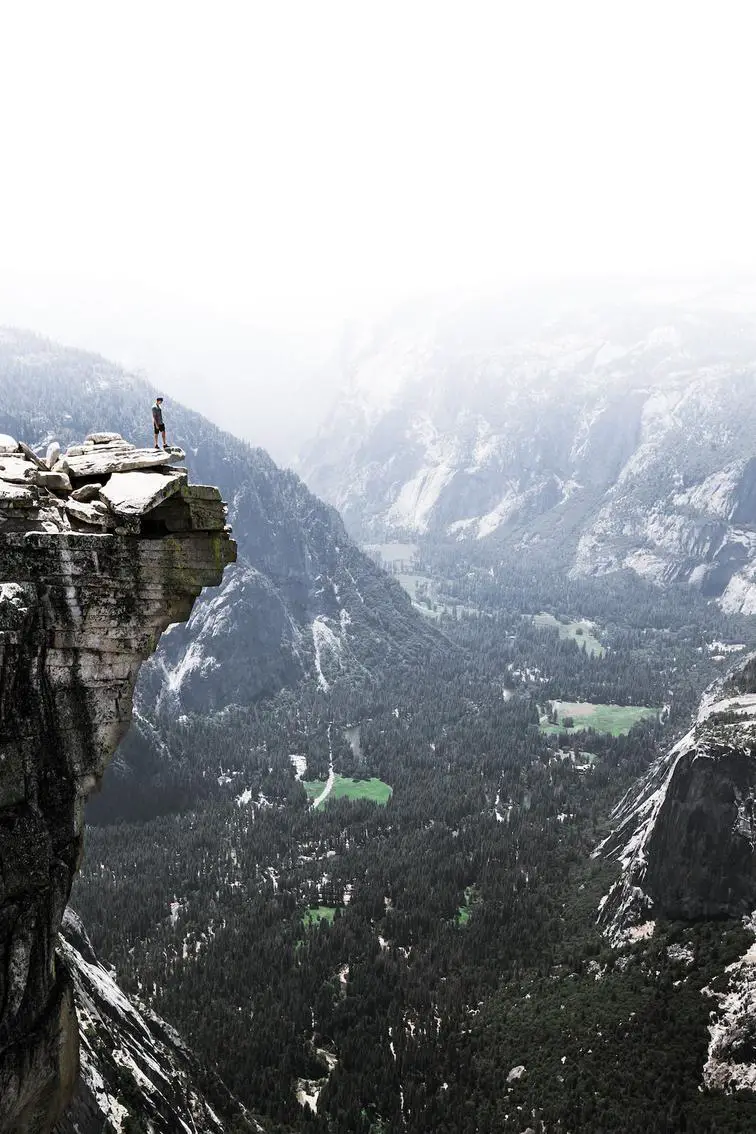
Gimcheon Gumi Techno Valley is a technology industrial park centered around the city of Gimcheon in South Korea.
What to see or do: Visitors can witness the cutting-edge technologies and R&D facilities of the leading companies in the region. The park also houses various cultural and recreational centers, including parks, theaters, and museums.
Don’t miss: Don’t miss the annual Gimcheon Gumi Science Festival, which showcases the latest technologies and inventions from the companies in the Techno Valley.
Also, make sure to walk around the beautiful pond at the center of the park.
Insider travel tips: Make sure to arrange a guided tour to learn about the various companies in the industrial park and their operations. Don’t forget to try the local food around the area, especially the famous “Gumi” beef.
Lastly, the best time to visit is in the fall when the color of the trees around the park turns into golden and red hues.
6. Geumsan-sa Temple
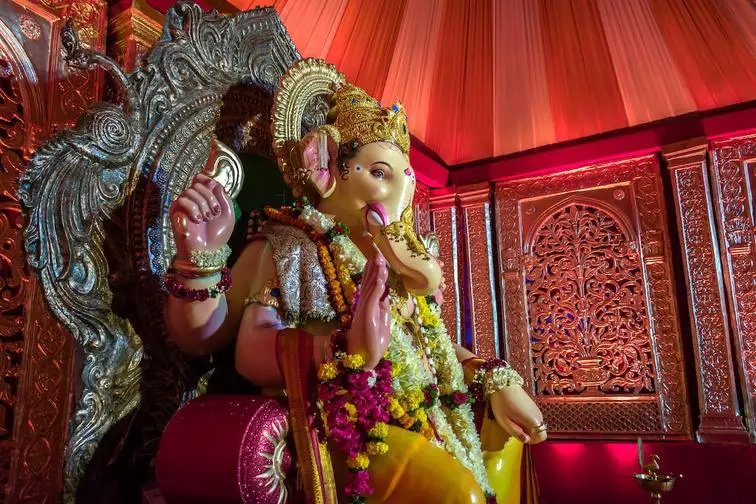
A historic Buddhist temple located in the city of Gimcheon, South Korea.
What to see or do: Visitors can admire the beautiful traditional architecture of the temple’s various buildings, including the Daeung-jeon (main hall), enjoy a peaceful stroll through the surrounding forested grounds, and participate in various Buddhist rituals and ceremonies.
Don’t miss: The temple’s massive stone pagoda, which stands nearly 10 meters tall and dates back to the 6th century, is a must-see.
Also, be sure to visit the Cheongnyang-am Hermitage, a smaller temple nestled within the trees on the temple grounds.
Insider travel tips: If you visit during the fall, be sure to take in the beautiful autumn foliage that surrounds the temple.
And if you’re interested in experiencing Buddhist monastic life firsthand, the temple offers short-term temple stays that include meditation, chanting, and other temple activities.
Be sure to check in advance for availability and requirements.
7. Gimcheon Unmunsa Temple
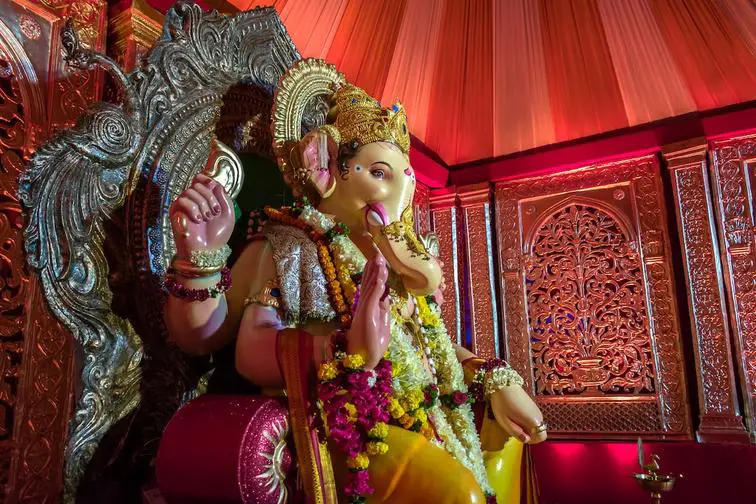
Unmunsa is a Buddhist temple located in Gimcheon, South Korea.
It was built in the 7th century and is considered one of the oldest and most historic temples in the country.
What to see or do: Visitors can explore the various halls and buildings of the temple complex, including the Main Hall, Daeungjeon, and Geuknakjeon. The temple is also surrounded by beautiful natural scenery and offers peaceful walking trails.
Don’t miss: One of the most impressive features of Unmunsa is the Jukryeong Waterfall, which is located behind the temple and is considered one of the most beautiful waterfalls in Korea.
Visitors should also make sure to check out the massive Bell Pavilion, which houses a bell that dates back to the Goryeo Dynasty.
Insider travel tips: Be sure to wear comfortable shoes as there are many hills and stairs to climb around the temple complex. Visitors should also dress modestly and be respectful of traditional Buddhist customs while on the grounds.
It’s worth taking some time to explore the surrounding area as well, which includes scenic mountains and historic landmarks.
8. Gimcheon Hwangchigok Valley
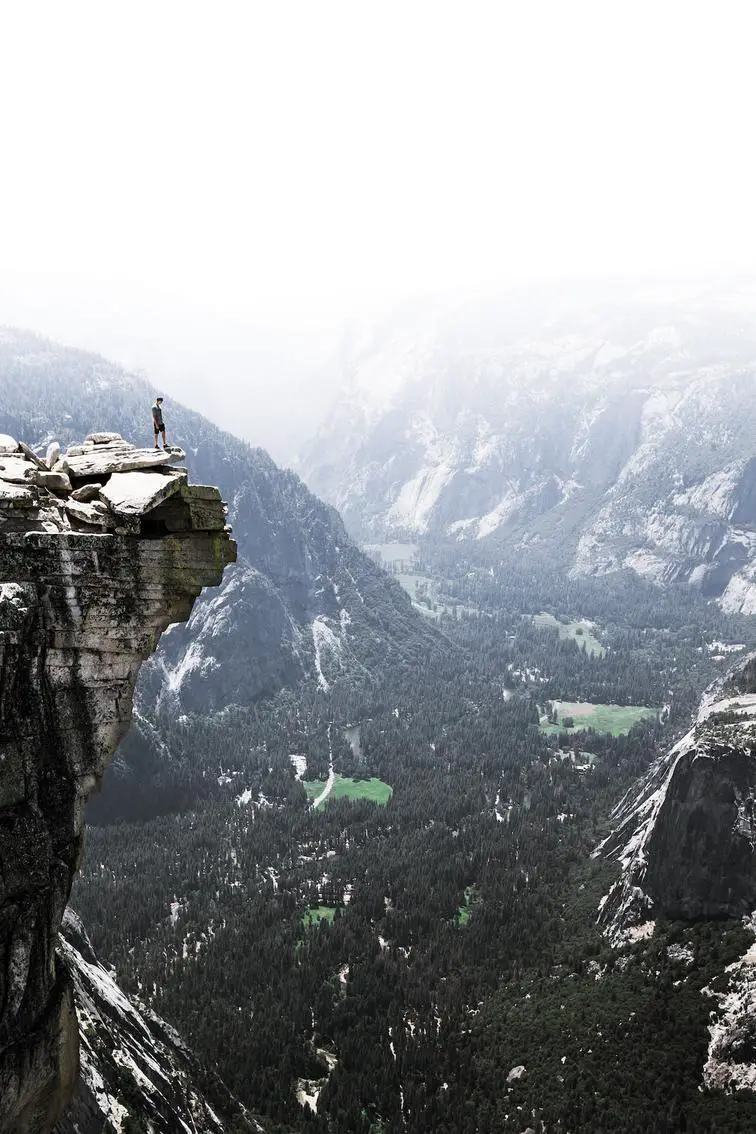
A scenic valley in Gimcheon City, South Korea.
What to see or do: Enjoy a picturesque hike along the crystal clear waters of the valley, surrounded by lush greenery and towering rock formations. Take in the stunning views of waterfalls and deep pools as you explore.
Don’t miss: The suspension bridge that stretches across the valley offers an exhilarating experience as you cross it, providing panoramic views of the surroundings.
Insider travel tips: Wear comfortable shoes suitable for hiking and prepare enough drinking water for the trip. Try to visit during the fall season when the foliage turns into beautiful shades of yellow, orange and red.
Arrive early in the morning to avoid crowds.
9. Gumi Electronics and Information Techno Park

Gumi Electronics and Information Techno Park (GEITP) is one of the largest and most advanced technology complexes in South Korea.
What to see or do: Visitors can explore the many research and development facilities, as well as numerous factories and production plants. There are also a number of museums and exhibition halls showcasing the latest in electronics and information technology.
Don’t miss: Be sure to check out the Robot Museum, which features a wide range of robotic technologies and applications. The Geoje Arts Center is also a must-visit, with its stunning architecture and cutting-edge exhibits.
Insider travel tips: Wear comfortable shoes, as the complex is quite large and involves a lot of walking. It’s also best to visit during the week, as many of the facilities are closed on weekends.
Finally, be sure to try some of the local cuisine nearby – Gimcheon is famous for its crispy fried chicken!
10. Duksan Hot Springs

Duksan Hot Springs is a popular hot spring resort located in Gimcheon city, South Korea.
What to see or do: Visitors can enjoy soaking in the natural hot springs, which are believed to have healing qualities and be beneficial for the skin.
The resort also offers a variety of massage and spa services, as well as outdoor activities such as hiking and golfing.
Don’t miss: Try the traditional Korean sauna experience, which involves sweating in a heated room and then plunging into icy water for a refreshing sensation.
The resort also has a famous cave sauna that is built into a cave and features natural rock formations.
Insider travel tips: To avoid crowds and get the most out of the hot springs, it’s best to visit on weekdays and early in the morning.
The resort offers discounts for staying overnight, so consider booking a room to fully relax and enjoy all the amenities.
11. Gimcheon Jikjisa Temple
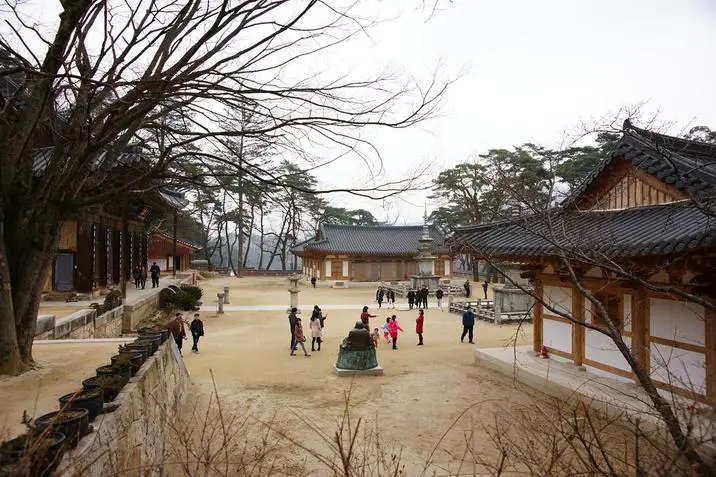
Gimcheon Jikjisa Temple is a historic Buddhist temple located in Gimcheon, South Korea.
What to see or do: Visitors can experience Korean Buddhist culture by exploring the temple grounds and admiring its ancient architecture. The temple boasts beautiful gardens and a traditional prayer hall, where visitors can witness monks conducting rituals and ceremonies.
Don’t miss: One of the most unique features of Jikjisa Temple is its massive stone pagoda, which stands at over 12 meters tall.
Additionally, visitors can try the temple’s famous vegan food, which is prepared by monks using fresh, local ingredients.
Insider travel tips: – To avoid crowds and enjoy a serene experience, visit Jikjisa Temple in the morning.
12. Gimcheon Cheongamsan Mountain
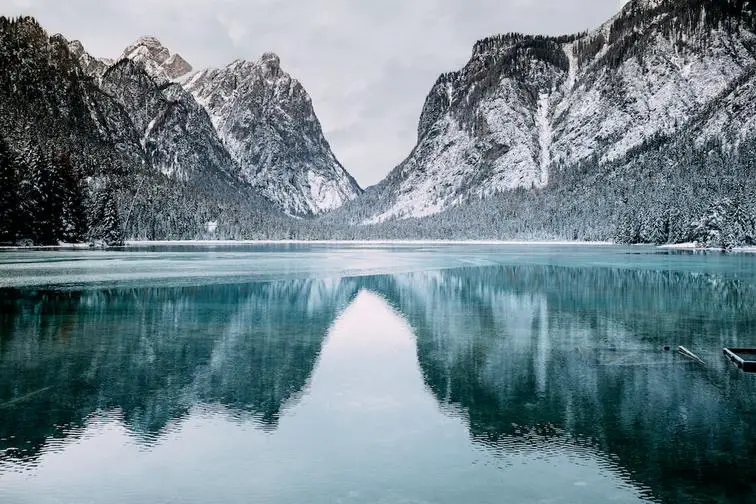
Gimcheon Cheongamsan Mountain is a picturesque hiking trail located in Gimcheon, South Korea.
What to see or do: Visitors can enjoy a challenging yet stunning hike with panoramic views of valleys, forests, and Daegu cityscape from the peak.
Don’t miss: Don’t miss out on the breathtaking view of the sunrise and sunset from the summit which is known as “Cheonhwangbong.
Insider travel tips: It is recommended to wear comfortable shoes and bring enough water and snacks as the trail can be steep and challenging.
It’s best to hike early in the morning or late afternoon to avoid the hot summer sun.
13. Yeongamsa Temple
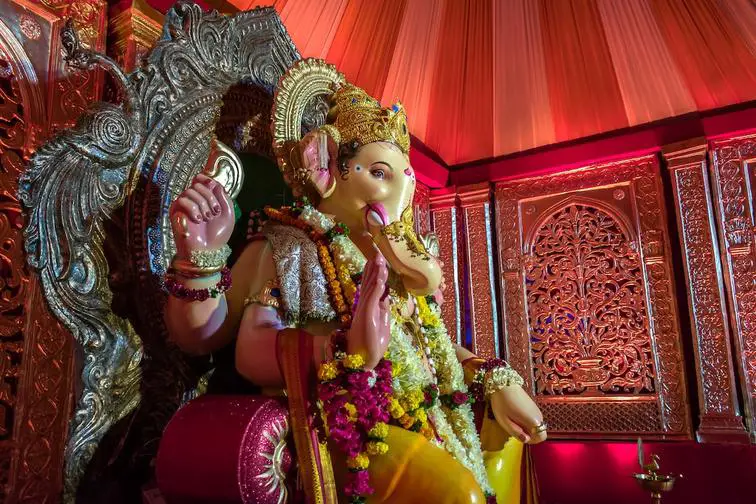
Yeongamsa Temple is a serene Buddhist temple situated in Gimcheon, South Korea. It is one of the most ancient ones, with a history spanning over 1300 years.
What to see or do: Visitors can take a walk through the picturesque paths, marvel at the stunning architecture, and offer prayers at the temple. The temple boasts multiple buildings, including the main hall, which has an impressive statue of Buddha.
There is also a meditation hall where visitors can experience inner peace and tranquility.
Don’t miss: Don’t miss out on seeing the 10-story stone pagoda, which is a designated National Treasure of South Korea. It is a marvelous piece of ancient architecture that has stood the test of time.
Insider travel tips: – The temple gets crowded on weekends and holidays, so try to plan your visit during the weekdays.
14. Suseongam Mountain
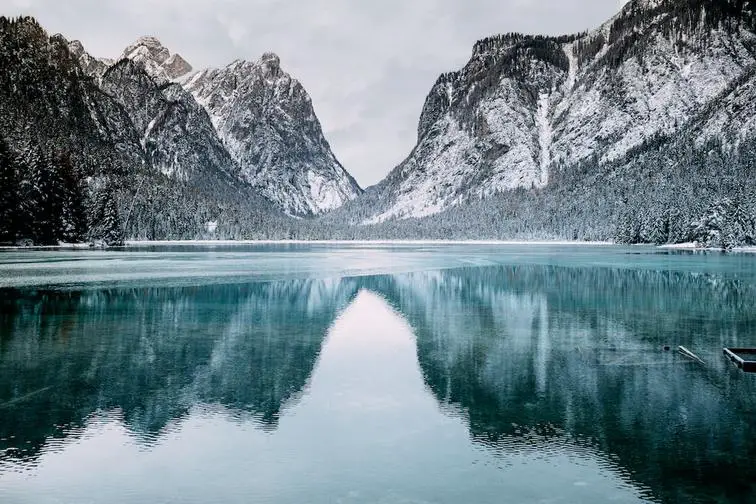
Suseongam Mountain is a stunning peak located in Gimcheon, South Korea. With an elevation of 692 meters, the mountain offers breathtaking views of the surrounding area.
What to see or do: Hiking is the main activity on Suseongam Mountain. There are several trails that allow visitors to explore the lush forests and rugged terrain of the mountain.
The most popular trail is the one that leads to the summit, which offers panoramic views of the entire region.
Don’t miss: The view from the summit is definitely the highlight of any trip to Suseongam Mountain. You can see for miles in every direction, taking in the stunning scenery of Gimcheon and beyond.
Insider travel tips: – Be sure to dress appropriately for hiking. The trails on Suseongam Mountain can be steep and rugged, so sturdy shoes are a must.